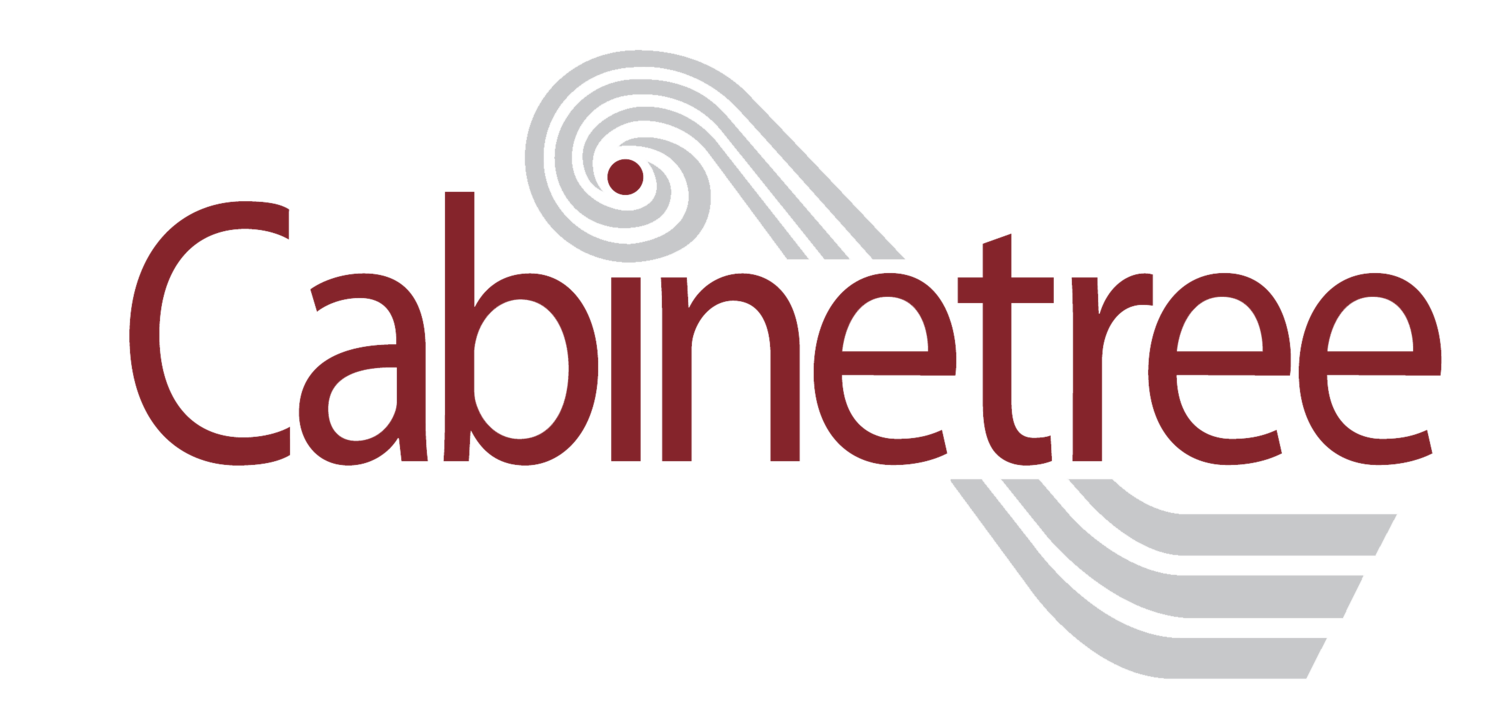Pro Tips for A Functional Kitchen Layout
The kitchen is the heart of any home, where delicious meals are prepared, memories are made, and people gather. When designing your ideal kitchen, it's crucial to strike a balance between functionality, aesthetics, and innovation. In this article, we'll explore key considerations when creating a functional layout when designing or renovating your kitchen.
The Work Triangle: One of the key considerations in kitchen layout functionality is the concept of the work triangle. The work triangle consists of three main areas: the refrigerator, the sink, and the cooking surface (range or cooktop). These areas should form an efficient triangle, with each side measuring between 4 and 9 feet. This design principle ensures that these essential elements are easily accessible and minimizes unnecessary movement while working in the kitchen.
Proper Circulation Clearances: Another crucial aspect of layout functionality is ensuring a clear traffic flow within the kitchen. Avoid placing major appliances or obstacles in the way of the primary pathways. Designate separate zones for cooking, food preparation, and cleanup to prevent congestion and allow multiple people to work in the kitchen simultaneously without getting in each other's way.
Maximizing Counter Space: Sufficient counter space is essential for food preparation, serving, and other kitchen tasks. When possible, prioritize free and clear surfaces adjacent to the stove and sink. This provides convenient work surfaces for chopping, mixing, and assembling ingredients. Consider incorporating an island or peninsula to create additional counter space and additional seating within the kitchen.
Storage Considerations: Efficient storage solutions are crucial for maintaining a clutter-free and functional kitchen. In an ideal world, include a mix of deep drawers, cabinets, and tall pantry storage. Place frequently used items within easy reach, and consider specialized storage solutions like pull-out spice racks, tray dividers, and utensil organizers to maximize organization and accessibility.
The layout of your kitchen greatly impacts its efficiency and usability. Consider the following layout options – U-shaped, L-shaped, galley, and open concept.
A U-shaped layout is ideal for larger spaces, however, is most commonly found throughout older Peterborough homes. This layout provides ample storage and counter space. This design creates a natural workflow, allowing you to move effortlessly between different kitchen zones. Larger U-shaped kitchens often can accommodate an island.
An L-shaped layout is perfect for smaller kitchens, as the L-shape optimizes corner space and promotes a streamlined workflow. It offers a cozy and functional cooking environment. Larger L-shaped kitchens most commonly include an island for additional workspace.
A Galley layout is suitable for narrow spaces. This layout features parallel countertops and maximizes storage. When planning a galley kitchen extra consideration needs to be taken as far as the placement of appliances, work zones, and passageways.
Finally, Open-Concept layouts most commonly integrate the kitchen with the living or dining area, fostering a sense of openness and sociability. It's perfect for those who enjoy entertaining or want to keep an eye on children while cooking. Open-concept layouts are the most popular layout options we are seeing these days.
Remember that the functionality of your kitchen layout should be tailored to your specific needs and preferences. Consider factors like the size and shape of your kitchen, the number of people using the space, and the style of cooking you prefer. By optimizing the layout for efficient workflow, clear traffic flow, and well-planned storage, you can create a kitchen that enhances your cooking experience and simplifies daily tasks.



